Summiting the 5610-meter Mount Damavand, like summiting any other +4000 mountain, not only requires high physical capabilities and mountaineering skills, but it also poses the challenge of adapting yourself to the altitude. So, besides physical and mental preparation, an efficient and well-planned acclimatization plays a key role in the quality of your adventure. That’s why joining a good team and an experienced leader who is well aware of human body’s reaction to altitude ensures a more secure and professional mountaineering experience. On this blog, I’m going to walk you through an efficient Mount Damavand acclimatization and give you some tips on how to prepare for the ascent.
Contents
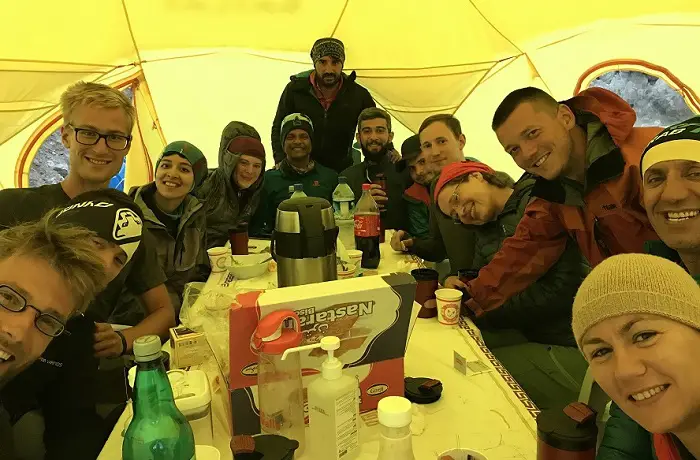
Your Body at a High Altitude
Our body needs a specific amount of oxygen. So, the problem that mountaineers and ski mountaineers will face is that the higher they go, the lower becomes the amount of oxygen they get. So, their body tries harder to meet their oxygen need. This will cause problems that start with headache, dizziness, and nausea. But the problem can get more serious if the altitude sickness is not treated. It can cause brain edema, lung edema, shock, unconsciousness, and even death. But how your body reacts to the altitude depends on many things: the altitude of your hometown, your genetic traits, the amount of exercise you’ve had, the amount of your lung preparation, etc. This challenge has made experts in mountain medicine to find ways to make bodies adapt to the altitude. So, here’s how you can adapt yourself to the altitude on Mount Damavand:
Preparation and Pre-Acclimatization for Summiting Mount Damavand
Depending on your mountaineering skills and experience, the summits you have conquered before, the highest altitude you’ve been to, and your last experience of high altitude, your preparation and pre-acclimatization program might differ. But generally, your mental and physical endurance matter a lot. Regular aerobic and breathing exercises, cardio workouts, and strength training will help you reach an optimal preparation for summiting Damavand. Cycling and swimming are of these great preparation exercises. This way, you will also boost your oxygen uptake and increase your body’s adjustment to low oxygen levels.
After having had these exercises for a while, most mountaineers who intend to climb Damavand summit another of Iran’s high mountains and spend a night at the altitude. This way, they will adjust their body to the height and acclimatize themselves for a higher height. Depending on how much time you’ve got, you can summit either one of Iran’s +3000 peaks. For instance, for a ski mountaineering experience on Mount Damavand, you can included a one or two-day program on Doberar Mountain which has a number of +4000 peaks. Or for a trekking experience of Damavand, you can pick one of Iran’s +4000 peaks, like Mount Alam and Mount Sabalan, to not only acclimatize yourself but also enjoy their special beauty. Juxtaposing Mount Damavand with other top summits, our trekking packages have created an opportunity for both an efficient acclimatization and an unforgettable adventure.
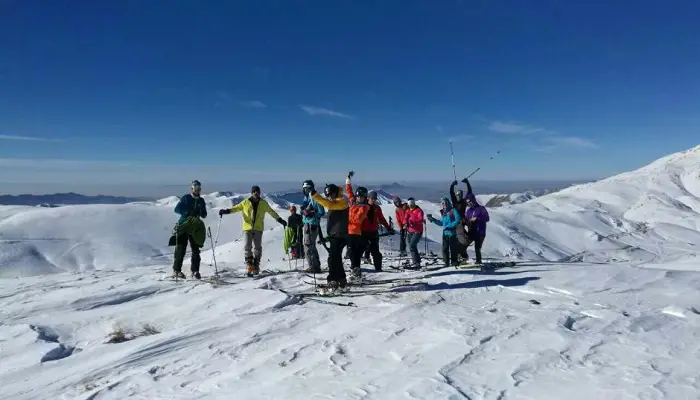
Mount Damavand Acclimatization and Summit Guide
Here’s a brief summit guide for Mount Damavand’s southern route that includes an efficient acclimatization. You may omit stages or change parts of the plan according to your capabilities and conditions.
Day 1: Find your way to the village of Rineh (around 120 km to Tehran). The 2300-meter altitude of the village makes your overnight stay there the first stage of your acclimatization.
Day 2: Leave Rineh toward Gusfandsara Camp (altitude: 3200m). Spend the night there so that you can both enjoy the beauties of Damavand more and have the second stage of your acclimatization.
Day 3: Trek up to Bargah-e Sevvom (altitude: 4200m). As the final stage of your Mount Damavand acclimatization, after a rest in Bargah-e Sevvom, trek farther up to Abshar-e Yakhi (Ice Waterfall) at an altitude of around 5000m and then move back down to Bargah-e Sevvom to spend the night.
Day 4: Summit Mount Damavand (5610m) and trek back down to Bargah-e Sevvom and spend the night.
Day 5: From Bargah-e Sevvom to Gusfandsara, from there to Rineh, and you are done.
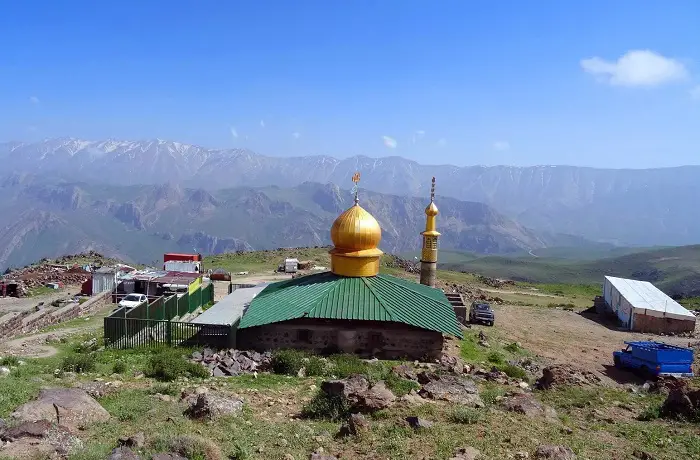
There are also a few practical points that can help you have a better trek:
- The first point is that you shouldn’t rush at all. Take slow and persistent steps and give your body the chance to adapt itself to the altitude.
- The third stage of this Mount Damavand acclimatization guide, going up to a 5000-meter altitude and getting back down to Bargah-e Sevvom, is a stage almost all mountaineers take, even if the ones who have an intensive plan. But the other stages totally depend on you, your time, and your capabilities.
- There are some medicine you can take before and during your climb to avoid altitude sickness. You’d better consult your doctor for taking them and be aware of their effects on your body.
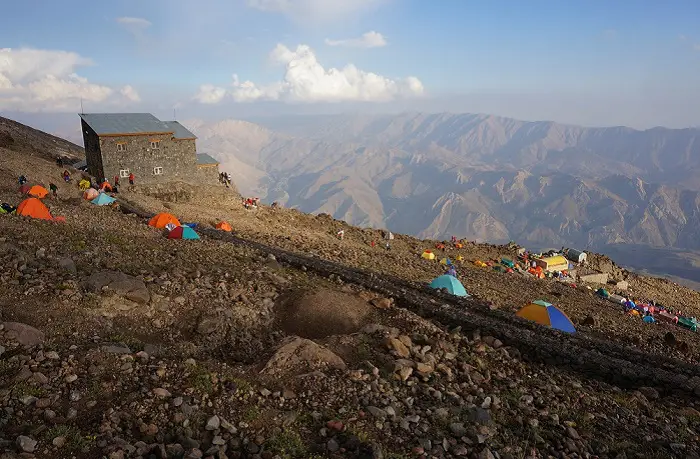


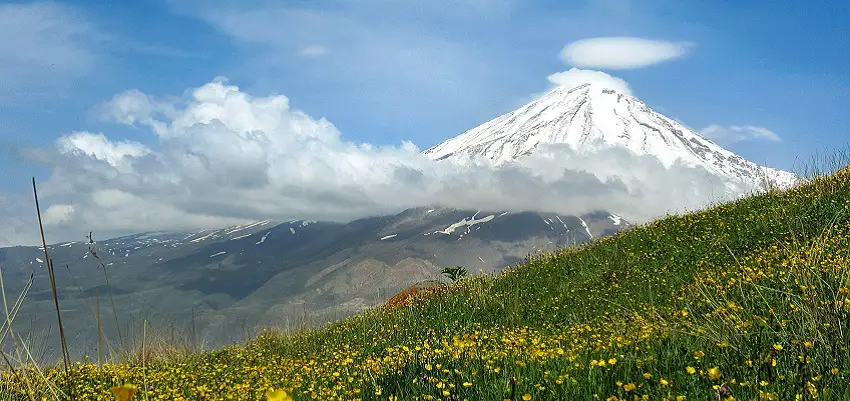
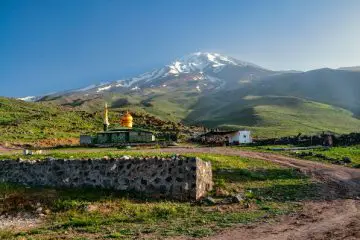
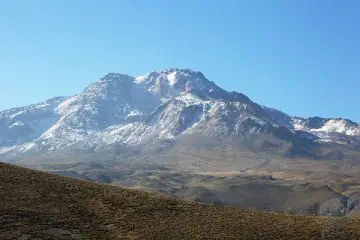
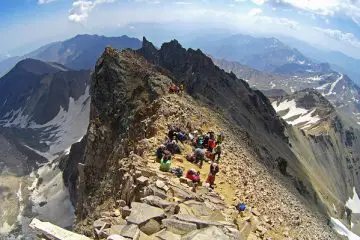
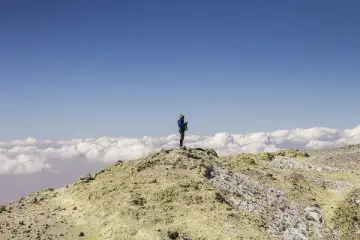

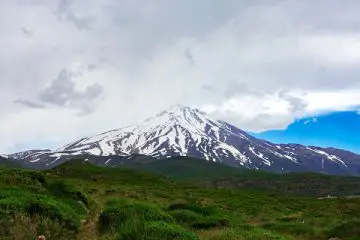
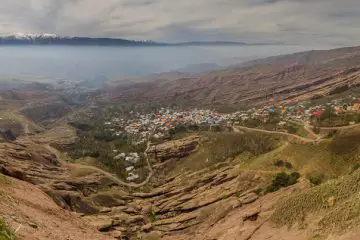
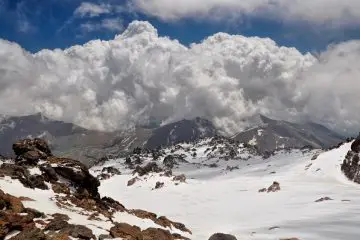
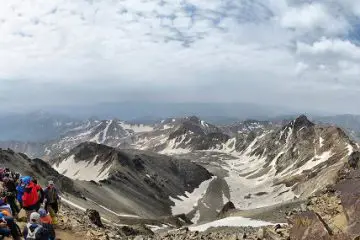
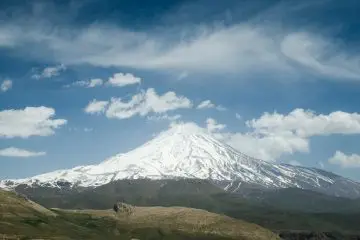
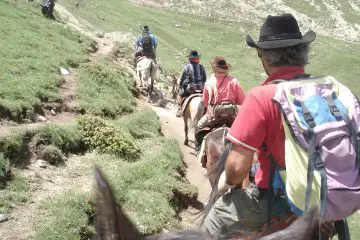
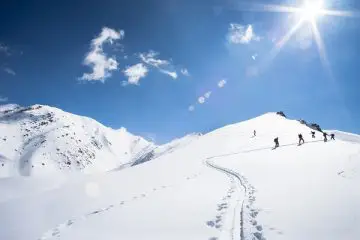
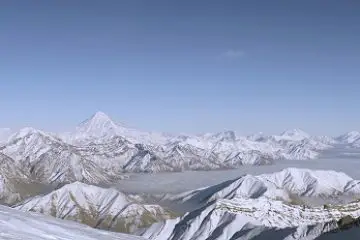


Comments